Welcome to On Verticality. This blog explores the innate human need to escape the surface of the earth, and our struggles to do so throughout history. If you’re new here, a good place to start is the Theory of Verticality section or the Introduction to Verticality. If you want to receive updates on what’s new with the blog, you can use the Subscribe page to sign up. Thanks for visiting!
Click to filter posts by the three main subjects for the blog : Architecture, Flight and Mountains.
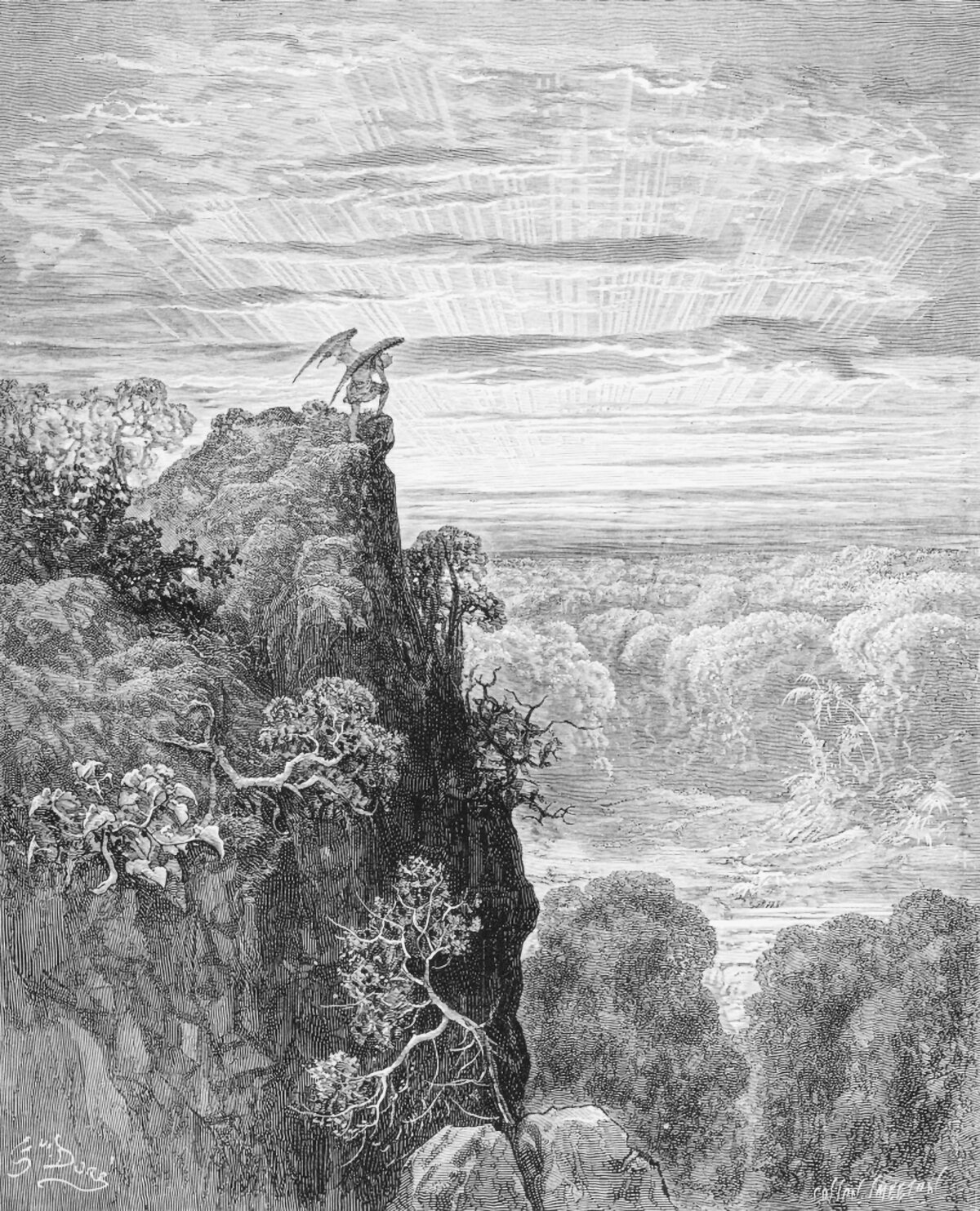
Satan Overlooking Paradise by Gustave Doré
This is an illustration by Gustave Doré for John Milton’s epic poem Paradise Lost. The poem deals with the biblical narrative of original sin, and the first half of the story focuses on Satan and his fall from heaven. In this part of the story, Satan is standing on a mountaintop, overlooking the earthly paradise and considering his plan to corrupt Adam and Eve. Milton is using verticality to enhance the drama of the moment, and by placing Satan in such a high place it allows him to examine his motivations more clearly.

Athanasius Kircher’s Turris Babel
The concept of the Tower of Babel is a timeless one, and throughout history it’s attracted the attention and imagination of myriad individuals. One such individual was Athanasius Kircher, a German scholar and polymath who lived from 1602-1680. His 1679 work Turris Babel explores the concept of building a tower that would reach Heaven, and it was accompanied by a few etchings of such a building.
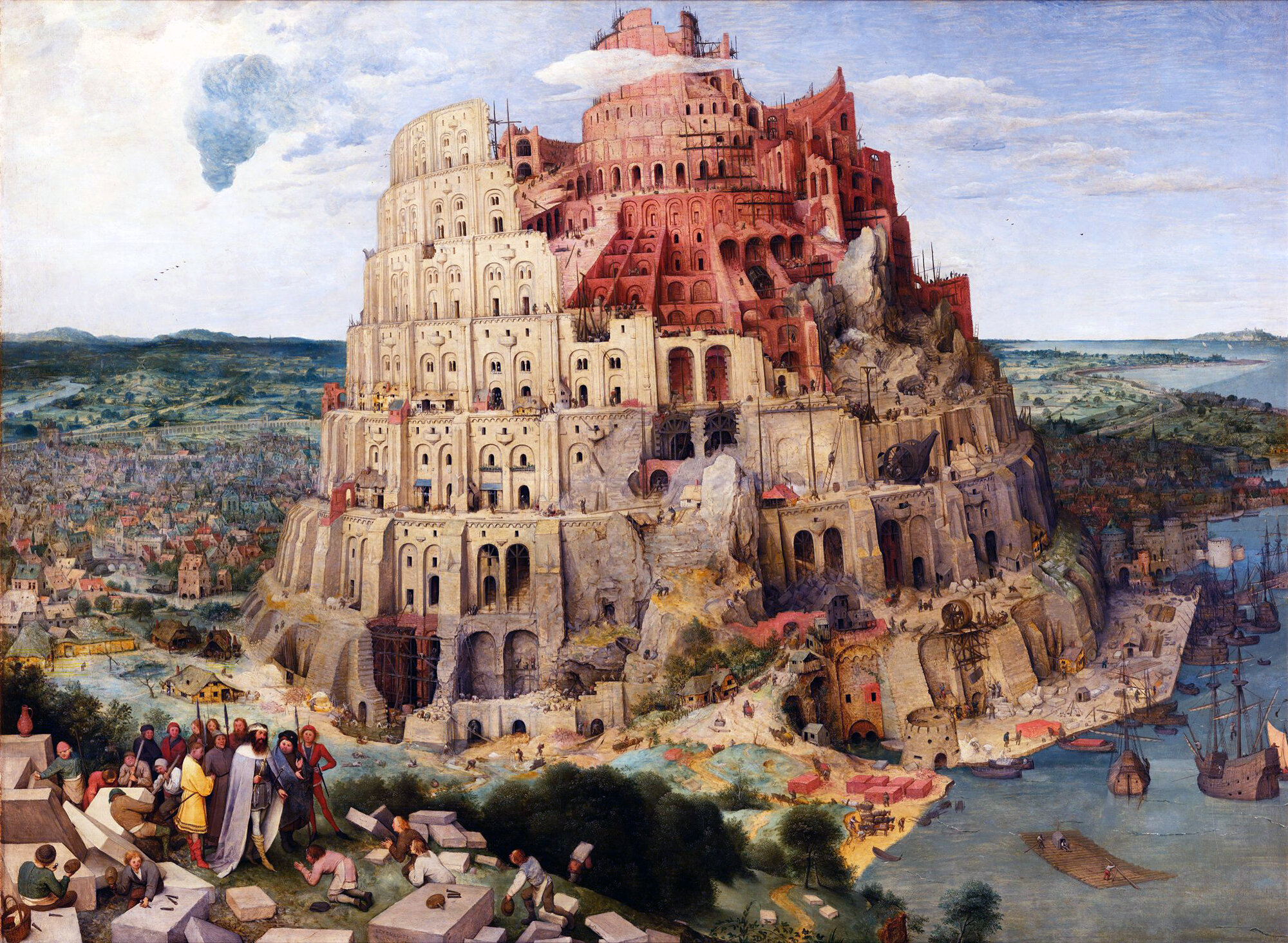
The Tower of Babel : A Parable of Verticality
The Tower of Babel is arguably the most storied myth about the human need for Verticality that has survived from antiquity. It’s a legendary tale of a clash between Ego and God, and it acts as a starting point for any worthwhile history of human towers or skyscrapers. Let’s take a look at why it’s been so influential, and why it encapsulates our struggles with Verticality.
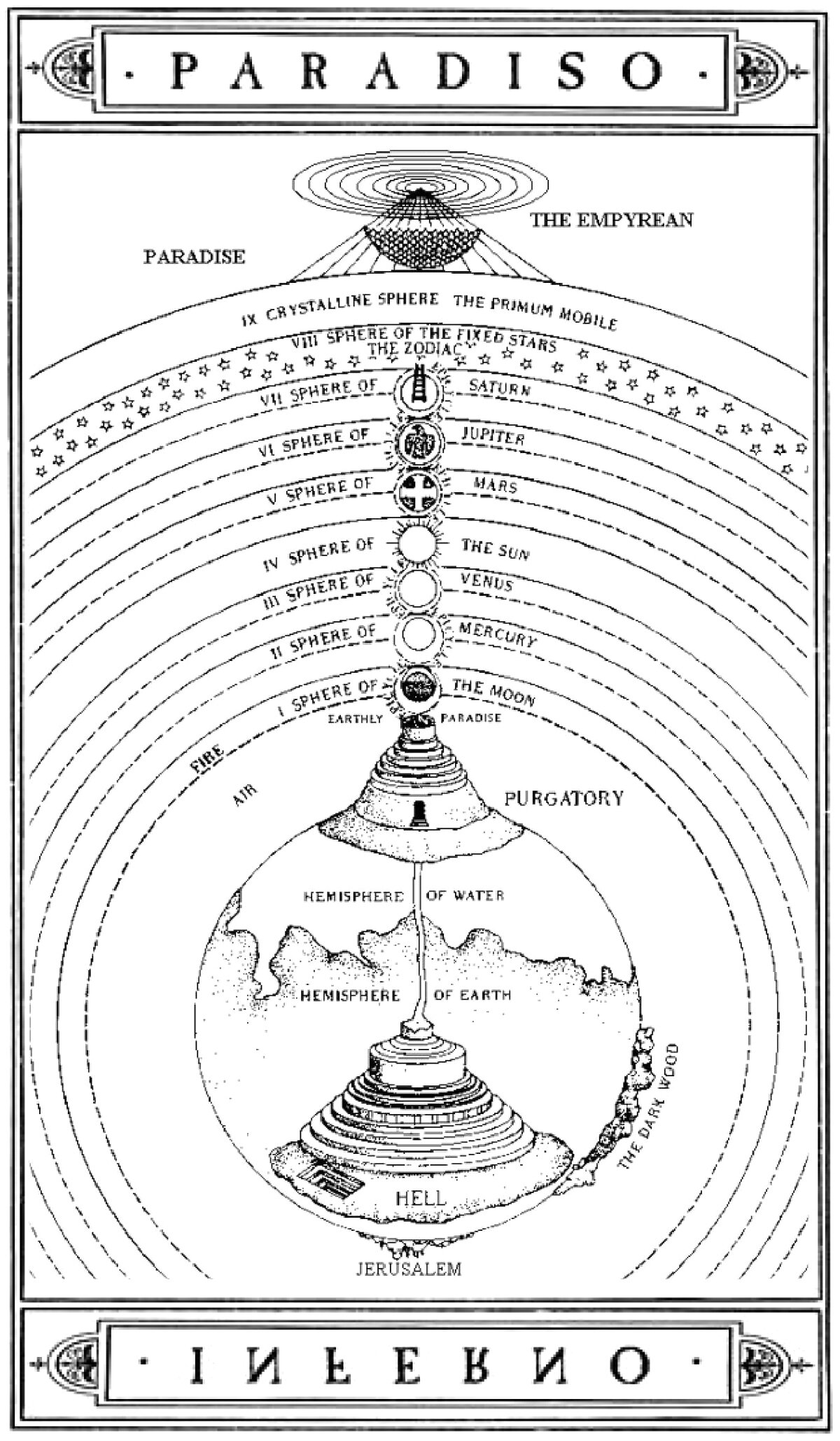
Dante’s Divine Comedy and the Vertical Worldview
Dante Alighieri’s epic poem La Divina Commedia, or The Divine Comedy in English, is widely considered one of the world’s greatest works of literature. It tells the fictional story of Dante and his soul’s experience after death. Throughout the story, Dante descends through Inferno, then ascends through Purgatorio and Paradiso. It’s a journey defined by the axis-mundi, and the entire work is rooted in verticality.
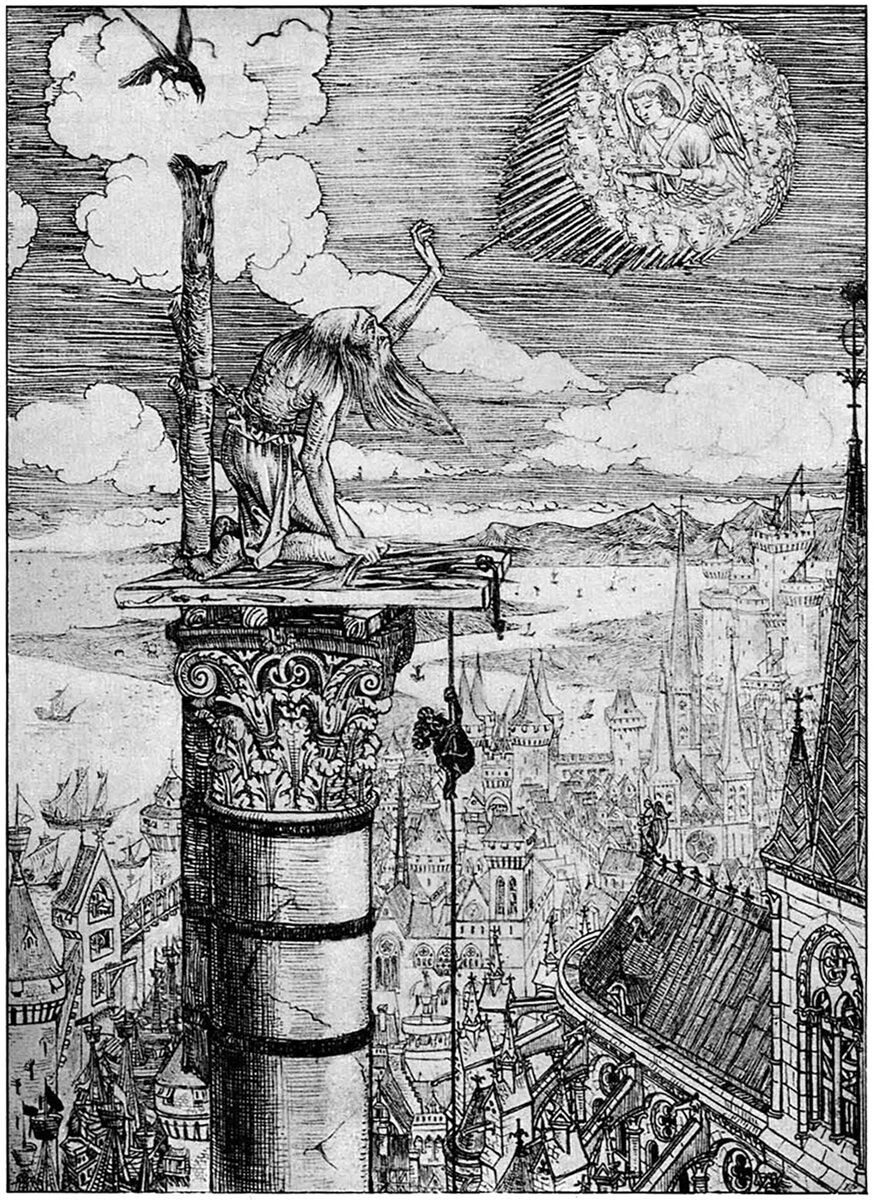
Stylites and the Power of Will
In all my studies on the human need for Verticality, I have yet to come across anything as extreme as the Byzantine stylites. A stylite is a Christian ascetic who chooses to live atop a pillar or column, in an attempt to achieve spiritual salvation. They do this by way of Verticality, by climbing up and away from the surface in order to get closer to the sky, or in this case, God.
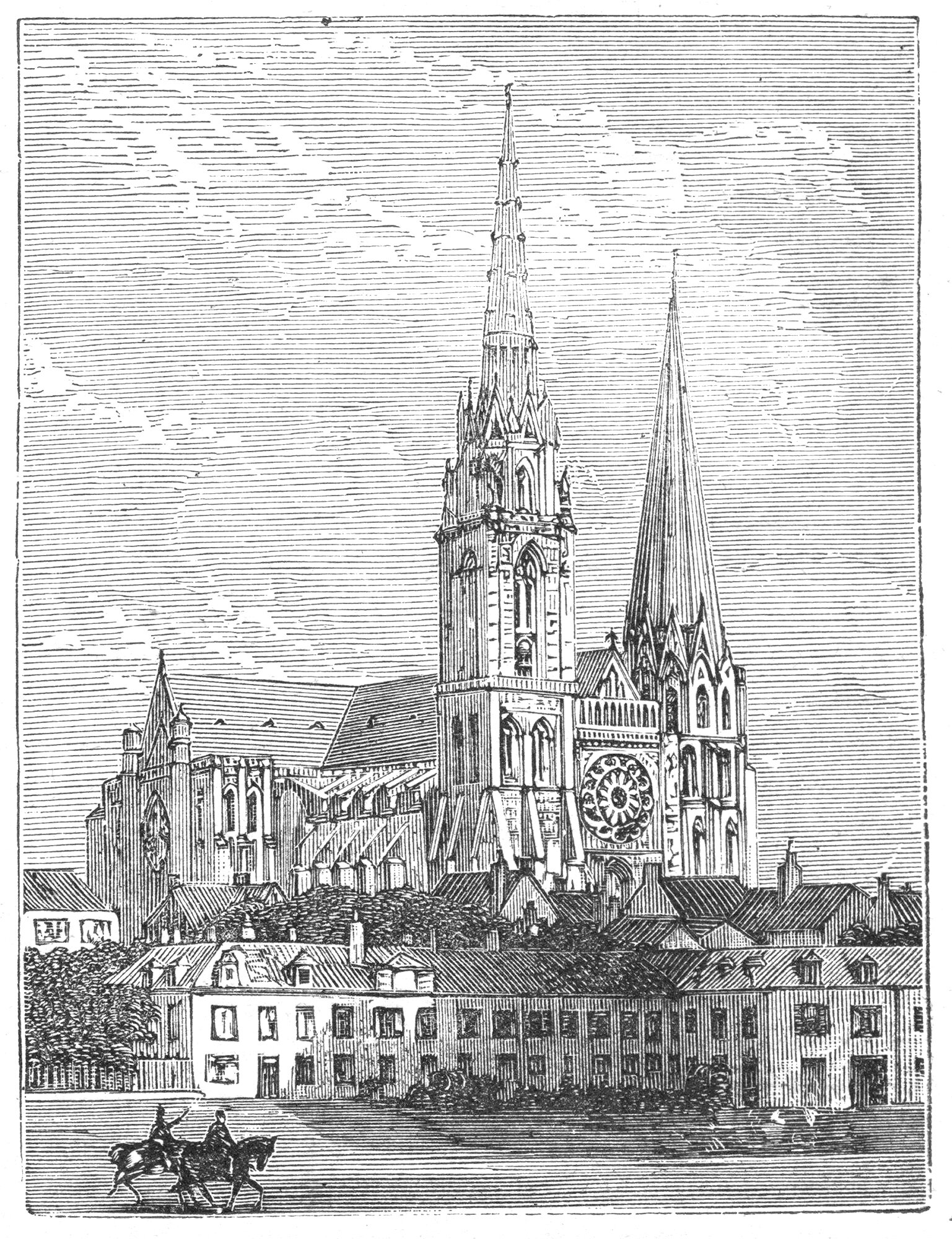
Verticality, Part VIII: God versus Ego
The human world becomes as important as the world of God
The rise of Christianity in the Western world would have profound effects on the built environment and human culture. Two major threads would combine to influence Early Christian architecture and culture. The first is the architecture of the Ancient Romans, who were already wrestling with Verticality. The second is the Book of Genesis and its central theme of Heaven (the above) and Hell (the below). Combine these two, and you get an ongoing battle between God and Ego that would see some of the most impressive structures of all time get built.

Verticality, Part VII: Heavens on Earth
Humanity’s first major attempts to recreate heaven on earth
In the previous section, we explored ancient civilizations and how they utilized Verticality in their architecture. In each of these civilizations, building a structure that connected the surface to the sky was seen as the pinnacle of human achievement. This was done to appease or satisfy some type of god or gods, and untold amounts of time and effort were spent on the road to achieving it. Throughout time, however, the needs of our gods would begin to see competition from the needs of humanity, or our own Ego.
